
Recent Updates on Old-Growth Deferrals in BC
Great news — the logging deferral in the Central Walbran valley was extended last year until March 2024 and the deferral at Fairy Creek has now been extended as well until February 2025.
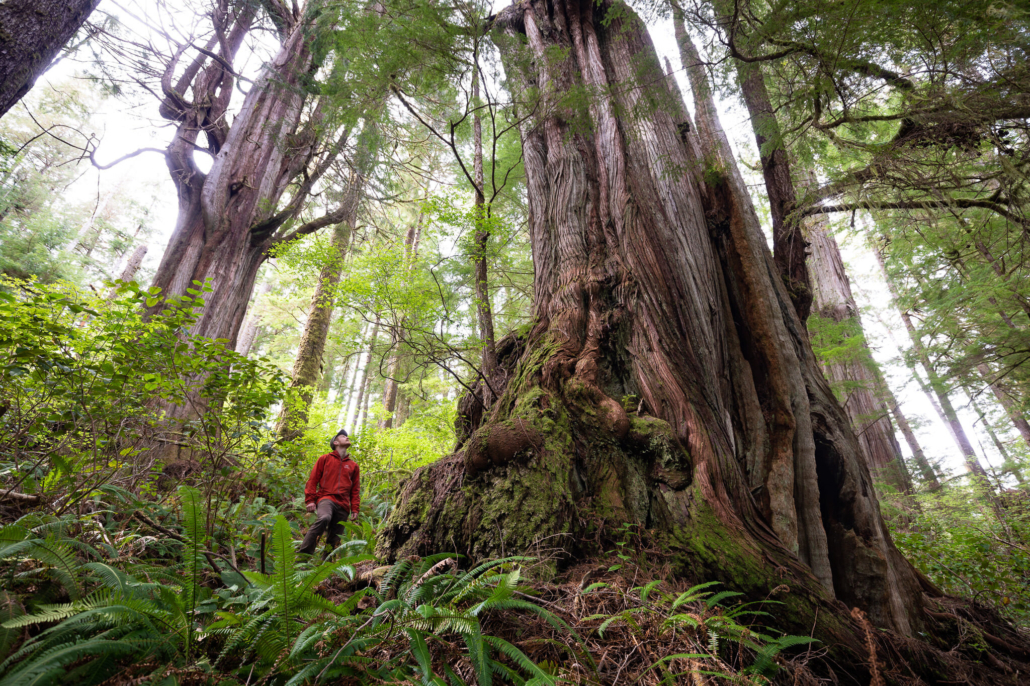
CanGeo: “Big tree hunters: saving the last untouched* areas of the planet”
How a niche British Columbia-based community is working to bring attention to the importance of old-growth forests.
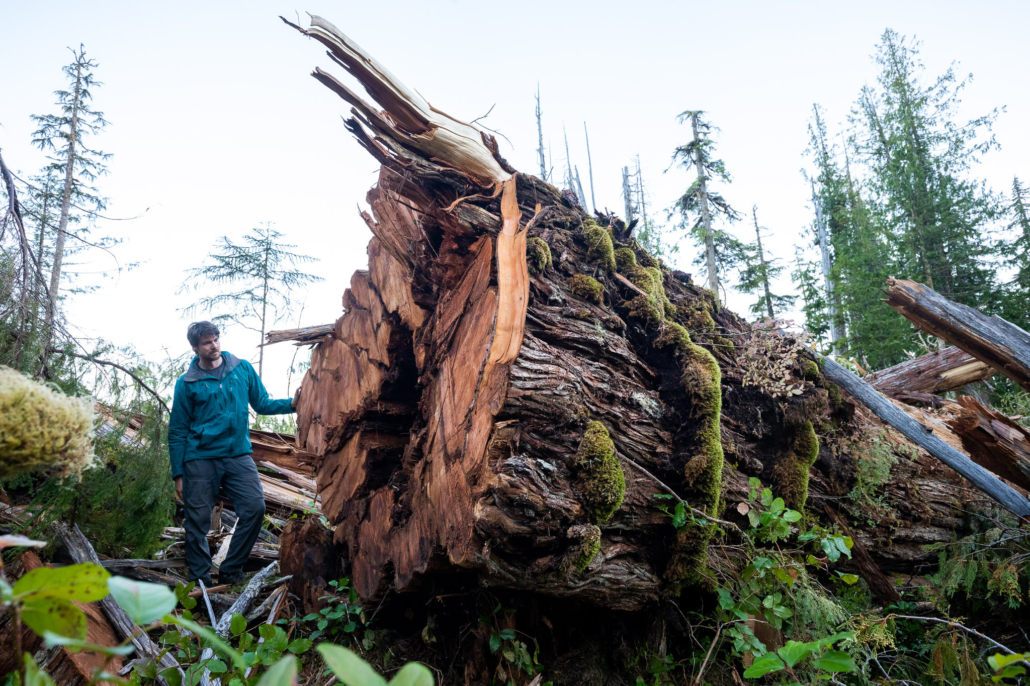
Old-growth cedars harvested because of database errors, says environmental group
AFA is urging the province to make changes to its forest mapping process after documenting a recent clear cut on northern Vancouver Island.
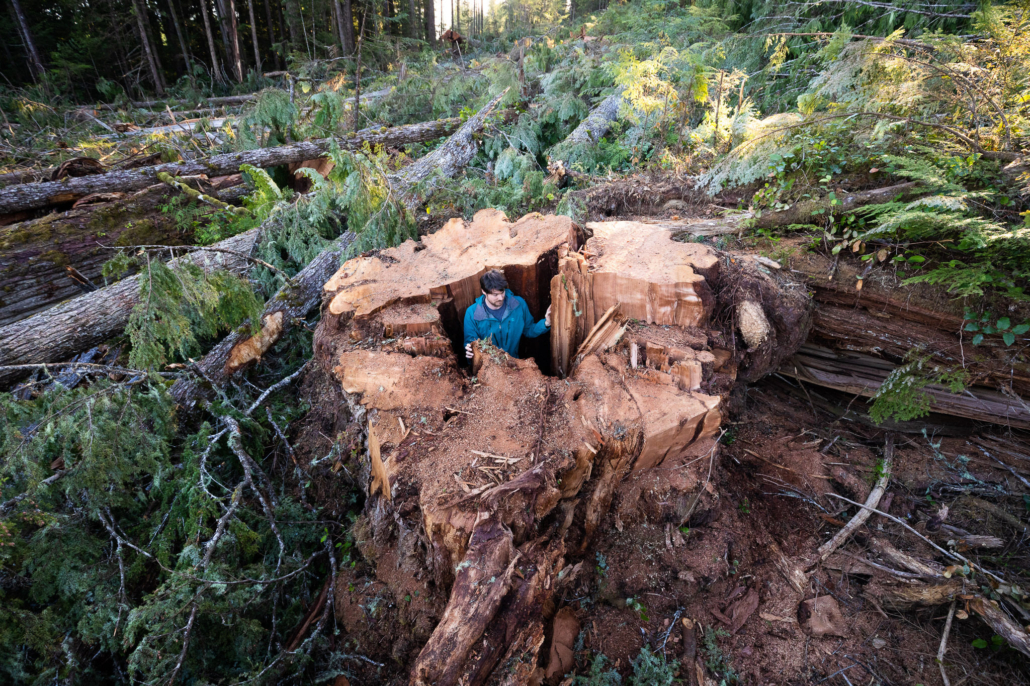
The Guardian: Images of felled ancient tree a ‘gut-punch’, old-growth experts say
Shocking photos of chopped-down tree in western Canada highlights flaws in plan to protect forest from loggers, activists say.
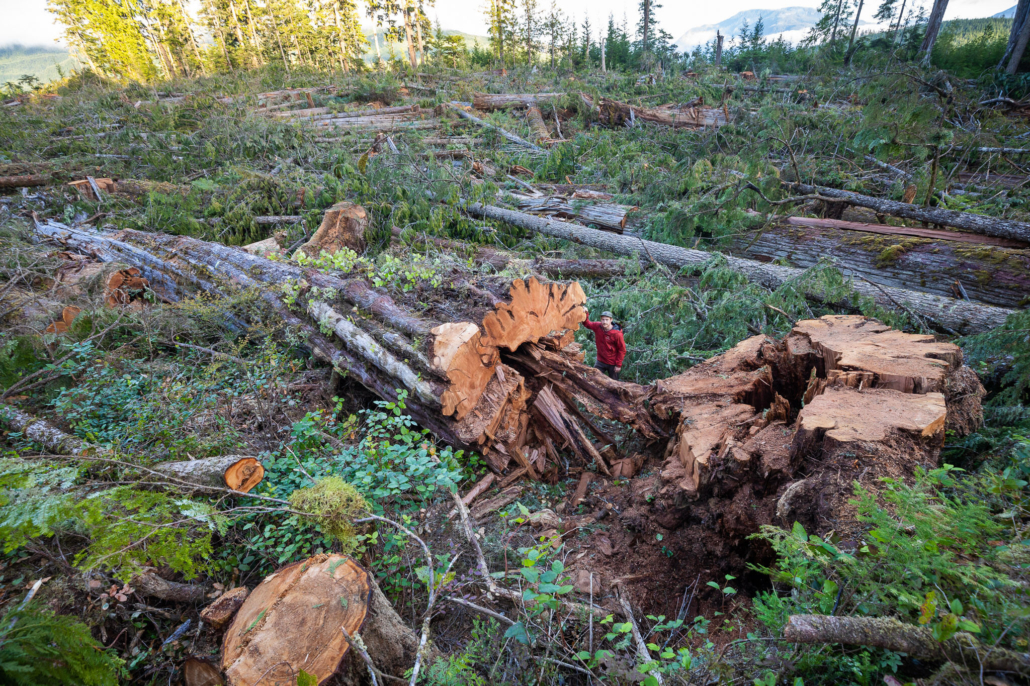
Ancient Forest Alliance renews call for provincial funds to defer old-growth logging
The Ancient Forest Alliance is renewing its call on the BC government to commit hundreds of millions of dollars to protect old-growth forests.
How a new ‘nature economy’ is transforming the fight for BC’s ancient forests
Check out this interactive article by Global News, which highlights a new economic model dubbed the "nature economy", showing how leaving ancient forests standing is more profitable than cutting them down.
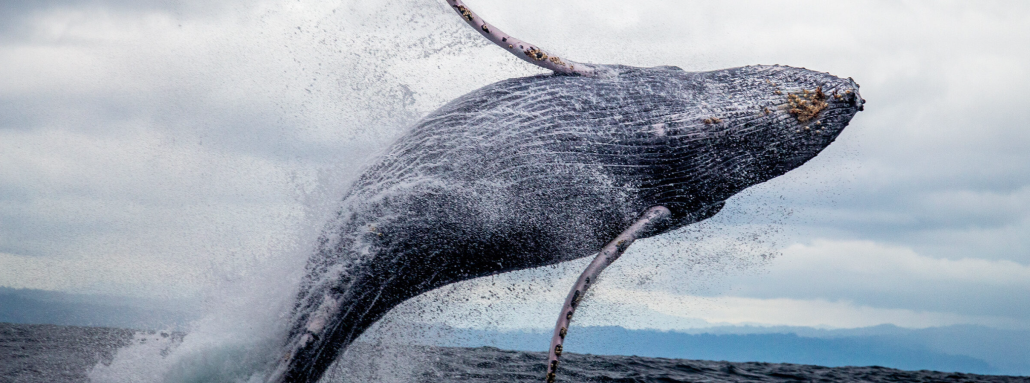
Indigenous funding model is a win-win for ecosystems and local economies in Canada
First Nations in the Great Bear Rainforest and Haida Gwaii of Canada, have successfully invested in conservation initiatives that have benefited ecosystems while also increasing communities’ well-being over the past 15 years.
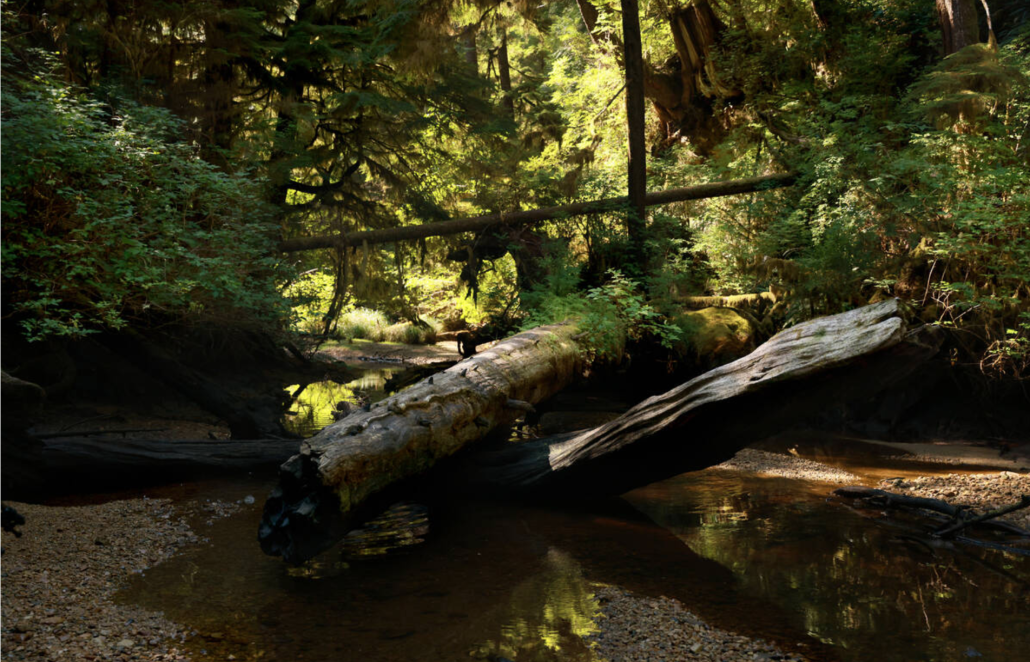
SALMON PARKS: Inside a movement to conserve Pacific Northwest old growth
The Seattle Times covers The Nuchatlaht and Mowachaht/Muchalaht First Nations' efforts to establish a number of Salmon Parks in their unceded territories that would protect hundreds of square kilometres of ancient forests, salmon watersheds, and previously logged areas in need of restoration.
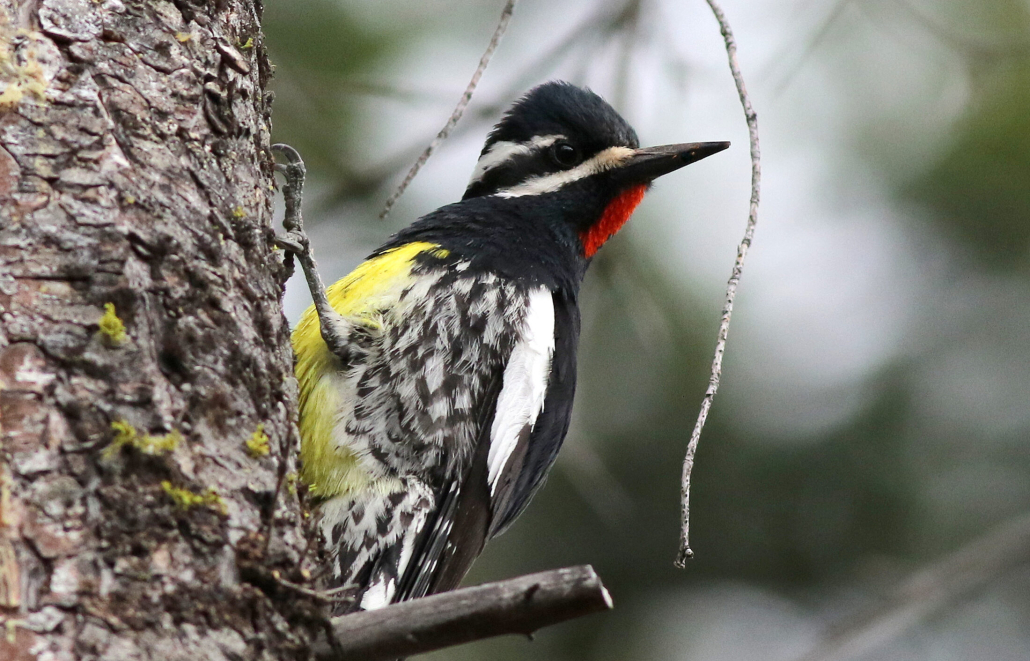
Sapsucker housing crisis: endangered woodpecker ‘condos’ are being clear cut
Almost two decades after the Williamson’s sapsucker was listed as endangered under Canada’s Species at Risk Act, the BC government continues to sanction logging in the bird’s old-growth forest critical habitat.
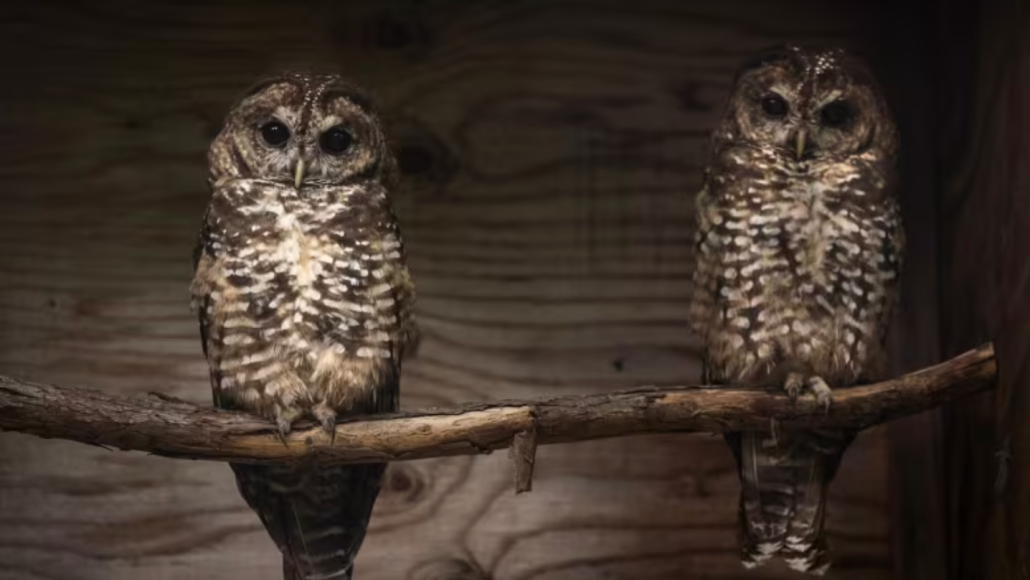
BC extends ban on old-growth logging for two years to assist endangered spotted owl’s recovery
On Friday, the province announced it had extended the suspension of old-growth logging activity in the Fraser Canyon's Spuzzum and Utzilus watersheds for two more years to help with the recovery of the critically endangered spotted owl.
